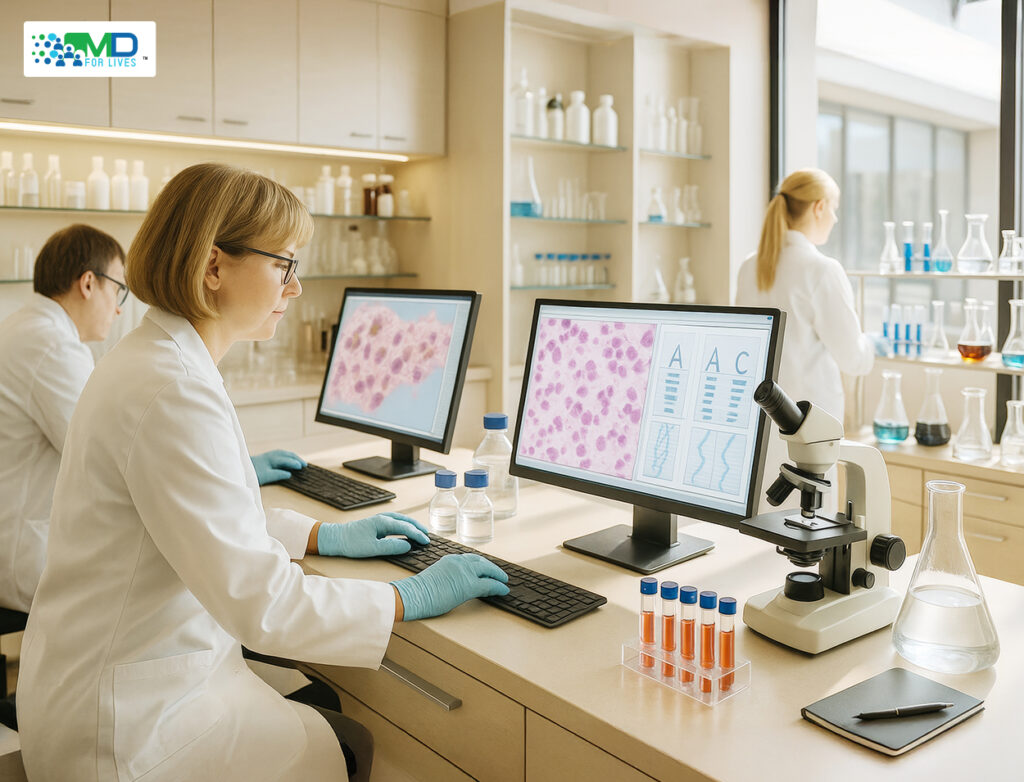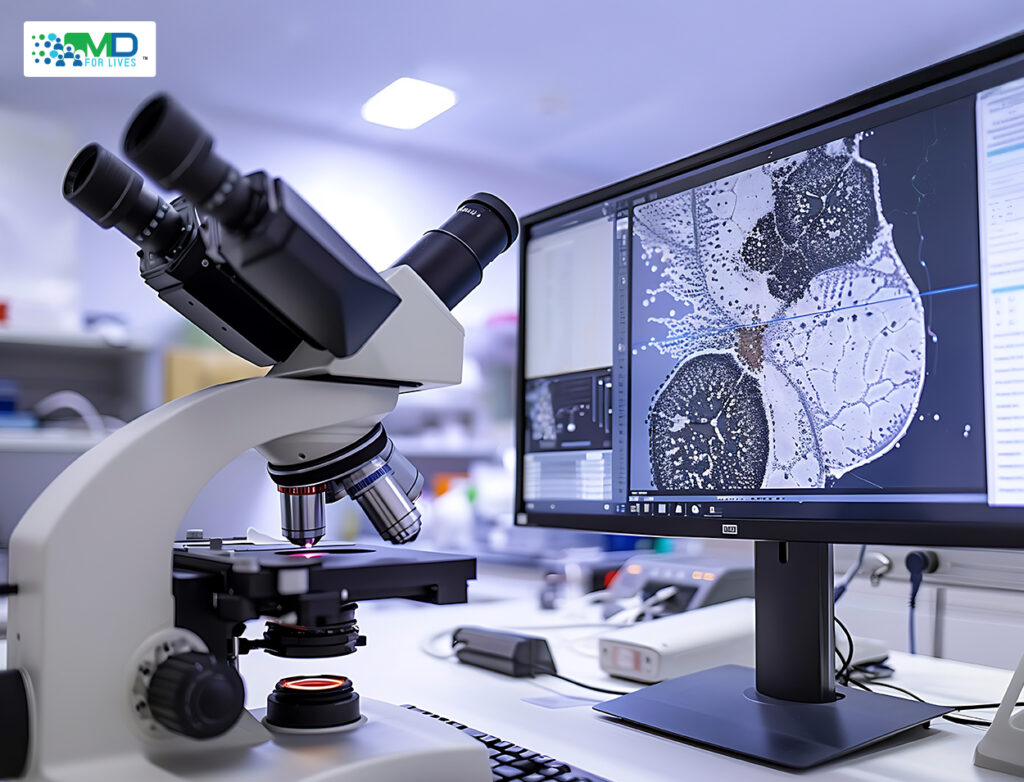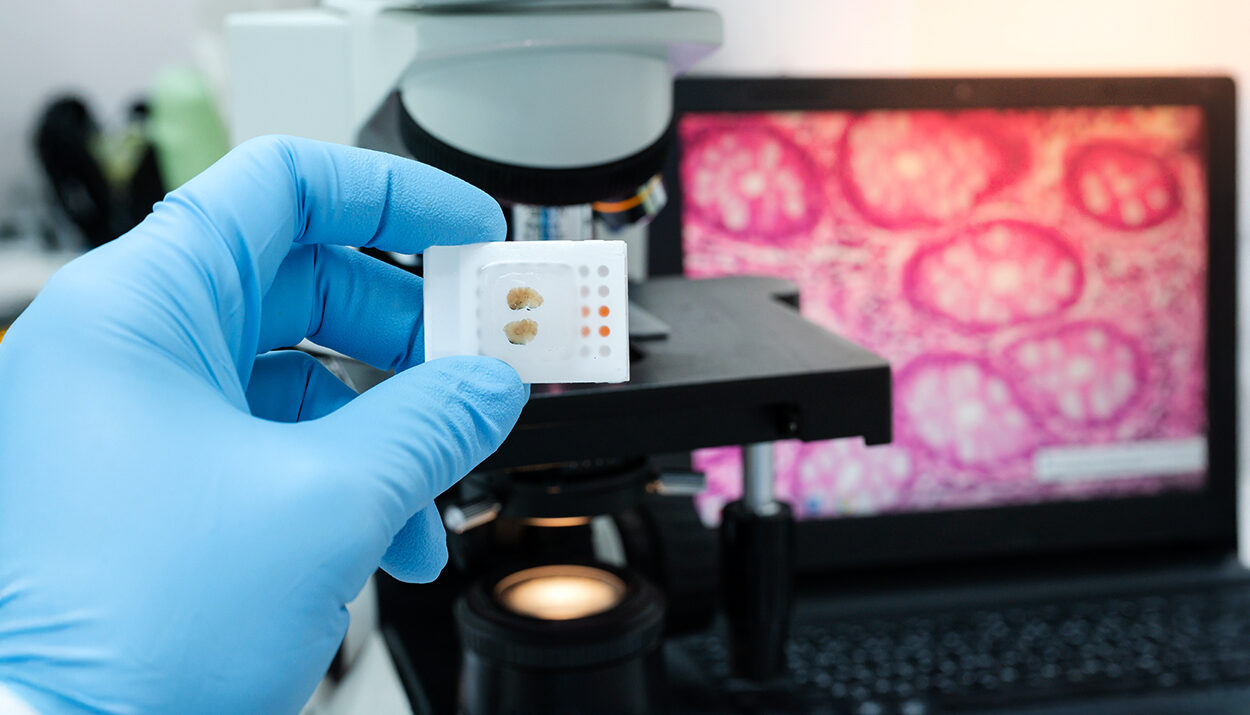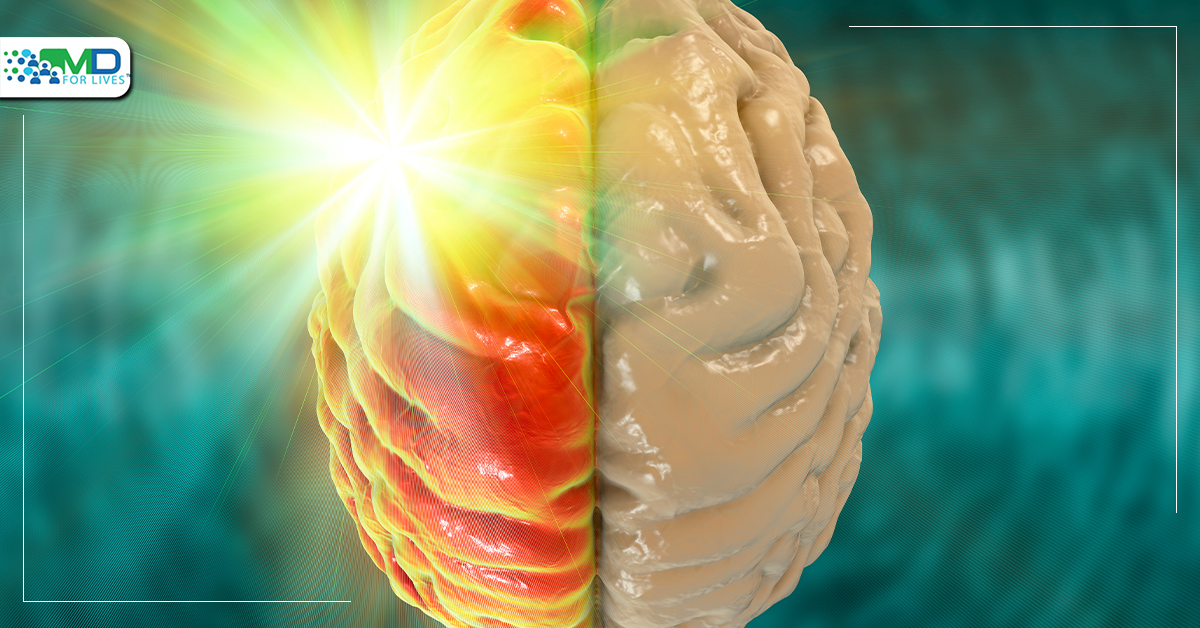The last ten years have witnessed a remarkable shift in the field of histopathology, driven by the rise of digital pathology and artificial intelligence (AI). Once limited to physical slides and light microscopes, tissue analysis is now entering a digital era where whole-slide imaging (WSI) allows pathologists to access high-resolution scans of tissue sections from virtually anywhere. This digital revolution improves workflow efficiency, facilitates remote consultations, and streamlines the storage and retrieval of slides. Pathologists can collaborate across institutions, providing timely expert opinions and improving access to subspecialty expertise, particularly in regions with limited resources. Such connectivity is reshaping how diagnostics are delivered globally.
Integrating AI in pathology amplifies its impact. Deep learning algorithms can detect cancerous regions, quantify biomarkers, and even provide predictive insights into treatment response. These capabilities are central to precision oncology, where diagnostic patterns are combined with molecular and clinical data to personalize treatment strategies. Together, digital pathology and AI are transforming histopathology from a manual practice into a data-driven, patient-centered discipline.
Digitizing the Microscope: A New Era in Pathology
As mentioned in the introduction itself, traditional pathology required examining thin tissue sections under a microscope, a process that was precise but time-consuming. Sharing slides for consultations or research often meant delays, and storing physical slides took up valuable space.
Whole-slide imaging (WSI) changes all that. By converting slides into high-resolution digital images, pathologists can now review, annotate, and share cases instantly, creating a workflow that’s faster, more flexible, and easier to collaborate on.
Benefits include:
- Remote access for faster case review.
- Telepathology for instant expert opinions.
- Simplified archiving with easy retrieval and traceability.
- Collaborative teamwork for tumor boards, research, and teaching.
This shift is not just about efficiency but also about connecting pathologists globally and preparing the field for artificial intelligence pathology.
AI in Pathology: Automating and Enhancing Diagnosis

Once tissue slides are digitized, AI and computational pathology can begin their work. The sheer volume and complexity of histopathology images make them ideal candidates for machine learning analysis.
-
Automating Routine Tasks
AI algorithms, particularly convolutional neural networks (CNNs), excel at pattern recognition. In pathology, they are being trained to:
- Identify mitotic figures and count them accurately.
- Detect and classify tumor regions versus normal tissue.
- Quantify immunohistochemical (IHC) stains such as HER2, ER/PR, and Ki-67 with remarkable precision.
These AI-based tools save time, reduce inter-observer variability, and allow pathologists to focus on complex diagnostic and interpretive work.
-
Predictive and Prognostic Insights
Beyond automation, emerging AI systems are demonstrating predictive power, uncovering relationships between tissue morphology and clinical outcomes.
For example, by analyzing spatial arrangements and cellular features, AI in pathology can predict:
- Likelihood of tumor recurrence or metastasis.
- Therapeutic response to specific drugs or immunotherapies.
- Genetic mutations or molecular alterations, even when genomic data is unavailable.
This “morpho-molecular” approach is key to advancing precision oncology, enabling clinicians to tailor therapies based on histological patterns linked to molecular pathways.
Deep Learning Meets Pathology
At the core of this revolution lies deep learning, a subset of AI inspired by the human brain’s neural networks. In pathology, deep learning models learn from thousands of annotated digital slides, continuously improving as they are exposed to more data.
How It Works:
- Training: Algorithms are trained on labeled datasets. For example, slides where cancerous and non-cancerous areas have been manually marked by pathologists.
- Feature Extraction: The model learns to identify relevant visual cues – nuclear morphology, texture, color gradients, tissue organization.
- Prediction: Once trained, it can classify new, unseen slides, detect abnormalities, or even estimate prognosis.
Studies have shown that AI models can reach diagnostic accuracy comparable to, or even exceeding, that of experienced pathologists in certain tasks. Importantly, these tools are not meant to replace human expertise but to augment it, acting as a “second set of eyes” that enhances accuracy and consistency.
How Digital Pathology and Artificial Intelligence Bridges Global Gaps – Expanding Access
A shortage of trained pathologists is a pressing issue worldwide, particularly in low and middle-income countries, where access to specialized diagnostic expertise can be limited. Digital pathology and artificial intelligence are emerging as a powerful solution, helping to close these gaps and bring quality diagnostics to more patients.

With telepathology, experts can review cases from anywhere, breaking down geographical barriers, and enabling timely second opinions for complex cases. AI-assisted triage systems can flag urgent or complicated cases, ensuring that critical diagnoses are prioritized. Meanwhile, automated screening tools can handle high-volume tasks, such as cervical cancer screening, reducing workload, and allowing pathologists to focus on more nuanced analyses.
Together, these technologies are democratizing access to healthcare. Patients in remote or underserved regions can receive accurate, timely pathology interpretations, while healthcare systems can improve efficiency and decision-making, ultimately supporting better outcomes across the globe.
AI Pathology: Implementation Challenges and Ethical Considerations
Despite its promise, integrating digital pathology and artificial intelligence into routine practice comes with several hurdles.
-
Regulatory and Validation Barriers
Before clinical deployment, AI in pathology models must undergo rigorous validation and gain approval from regulatory bodies such as the U.S. FDA or European CE marking. Ensuring reproducibility, safety, and explainability of algorithms remains a key requirement.
-
Data Privacy and Security
Digital slides often contain sensitive patient information. Robust data encryption, anonymization, and compliance with privacy regulations like HIPAA and GDPR are essential.
-
Algorithm Generalizability
Models trained on specific datasets may perform poorly on slides from other institutions due to differences in scanners, staining protocols, or population diversity. Ongoing research focuses on improving algorithm robustness and cross-site adaptability.
-
Infrastructure and Cost
High-resolution scanners, secure cloud storage, and high-speed internet connections require substantial investment, a barrier for many smaller laboratories or hospitals.
-
Training and Cultural Adoption
For successful adoption, pathologists and laboratory staff must be trained to integrate digital pathology and artificial intelligence tools seamlessly into existing workflows. Importantly, there must be trust in AI as an assistive, and not authoritative technology.
The Future of Pathology
The goal of digital pathology and AI is not to replace pathologists but to empower them. Artificial intelligence pathology systems can handle repetitive tasks and large-scale data analysis, freeing pathologists to focus on complex interpretation, multidisciplinary communication, and patient-centric decision-making.
Soon, we can expect:
- Integrated AI dashboards within Laboratory Information Systems (LIS).
- Real-time quality control and digital workflow optimization.
- Predictive modeling that combines histopathology, genomics, and clinical data for comprehensive precision diagnostics.
As technology continues to mature, digital pathology and AI will likely become the new standard of care, driving higher efficiency, improved patient outcomes, and deeper scientific understanding.
Final Thoughts
The convergence of digital pathology and artificial intelligence marks one of the most transformative shifts in modern diagnostics. By digitizing slides and leveraging computational power, laboratories can achieve unprecedented accuracy, scalability, and collaboration.
While regulatory, technical, and cultural barriers still exist, the momentum toward digital transformation in pathology is undeniable. When validated and responsibly implemented, these innovations promise to create a future where every diagnosis is faster, smarter, and more personalized, ultimately enhancing patient care worldwide.
FAQs
-
What is digital pathology and how does it differ from traditional pathology?
Digital pathology involves converting physical tissue slides into high-resolution digital images using whole-slide imaging (WSI). Unlike traditional microscopy, which requires examining glass slides manually, a digital pathology solution allows pathologists to view, share, and analyze slides remotely on digital platforms.
-
How is artificial intelligence used in pathology?
AI in pathology applies machine learning and deep learning algorithms to analyze digital slides. These algorithms can detect tumors, count mitotic figures, quantify biomarkers, and even predict treatment response, helping pathologists make faster and more accurate diagnoses.
-
What are the key benefits of combining digital pathology and artificial intelligence?
The integration of Digital Pathology and Artificial Intelligence improves diagnostic accuracy, reduces turnaround time, enhances collaboration through telepathology, and supports predictive analytics for personalized treatment. It transforms histopathology into a data-driven and patient-centered discipline. -
Is AI in pathology meant to replace human pathologists?
No. AI for pathology is designed to assist, not replace, human expertise. These tools act as a “second set of eyes,” automating repetitive tasks and highlighting critical findings so that pathologists can focus on complex interpretation and patient care.
-
What does the future hold for digital pathology and artificial intelligence?
The future of Digital Pathology and AI lies in fully integrated systems that combine histopathology, genomics, and clinical data. Expect AI dashboards, real-time workflow optimization, and predictive modeling that personalize patient care and set new standards in diagnostic precision.

MDForLives is a vibrant community of healthcare professionals and patients dedicated to shaping the future of healthcare. We provide valuable global insights to healthcare companies through online surveys, interviews, and discussion forums.







